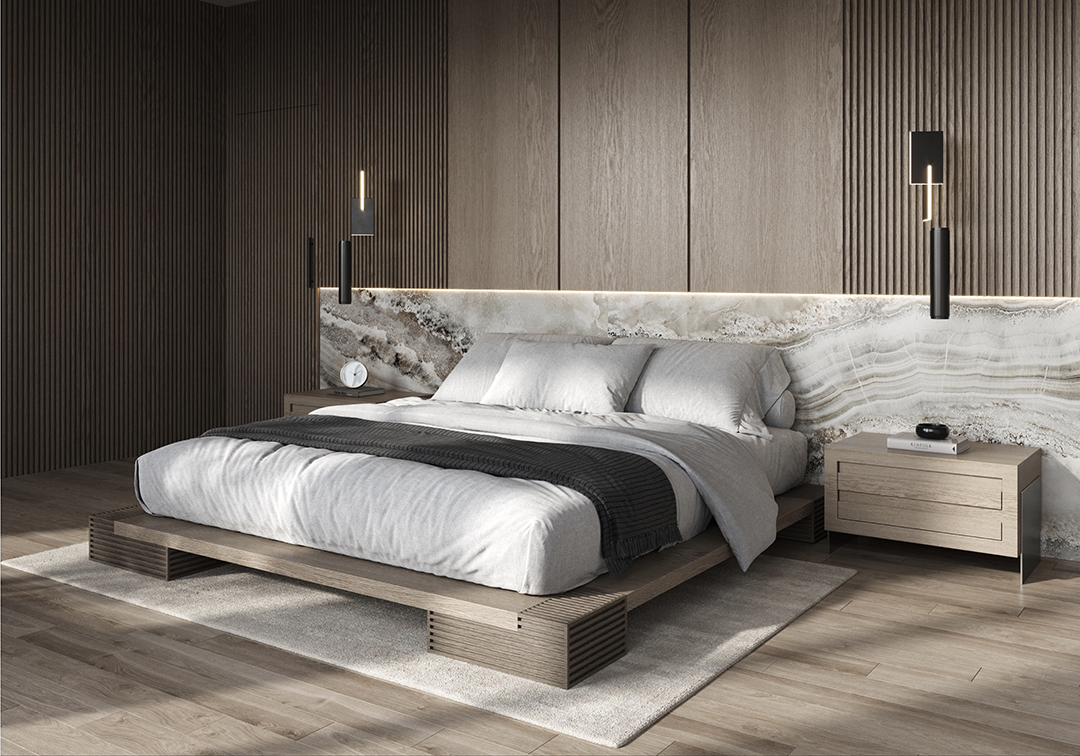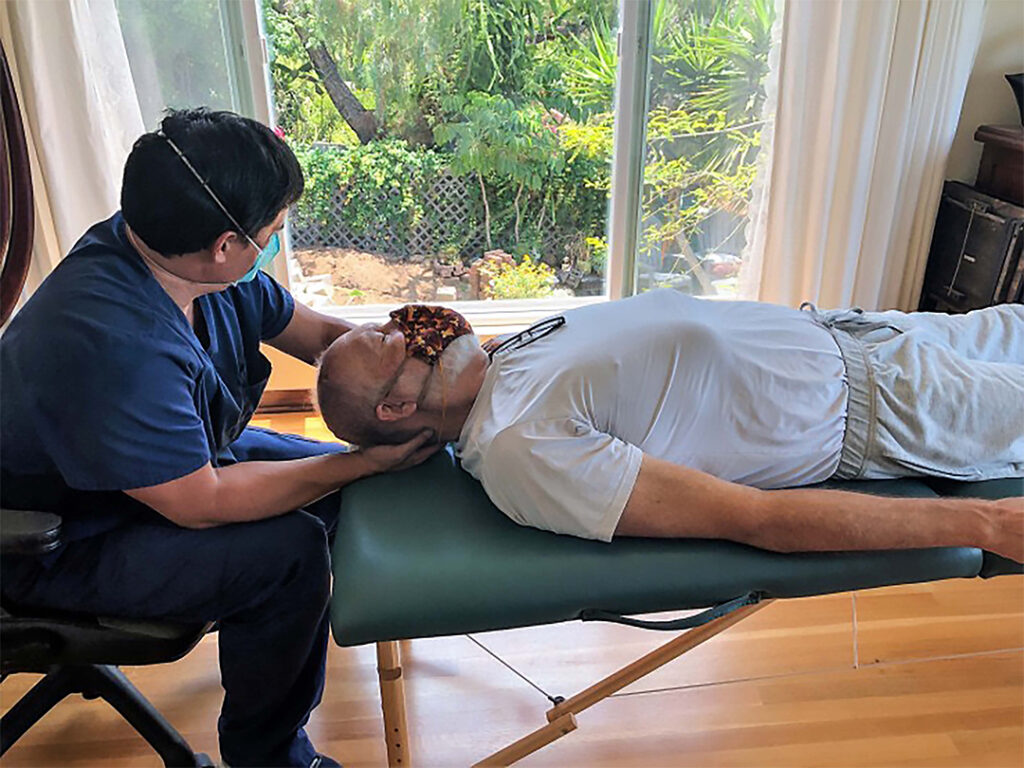Reboot Your Wellness Resolutions
Transform Your Health with Lifestyle Changes

With the summer months approaching, we may find that our well-intentioned New Year’s resolutions have fallen to the wayside. A group of local wellness experts share how to turn the guilt of those missed goals into long-lasting and self-empowering lifestyle changes.
1. Establish New Wellness Habits and Be Patient with Yourself
According to Tara Steinke, ND, co-founder of Naturopathic Rx in Rancho Santa Fe, it’s important to have compassion for yourself when implementing a wellness habit-changing process. Habits are our automatic ways of doing things. We get so used to doing things a certain way that we become complacent with our own programming. Take a look at habits that don’t support your wellness and acknowledge that change can be rewarding.
To set yourself up for successful change, Steinke recommends you have a realistic plan for balanced living by taking a step-by-step approach focusing on one new healthy habit at a time. Then, give yourself time and space while working through it. By acknowledging that it takes real effort to form new long-term habits, the process can feel more freeing and organic. And, the powerful experience of establishing healthier habits can seem less overwhelming and more like a long-term healthy program in progress.
2. Quantify Your Well-Being and Integrate Wearables
Kelly Austin, ND, founder of Prime Wellness, performs lifestyle assessments including hormonal bloodwork on patients. “For some of my patients, the quantitative results motivate them to change their behavior because they see what a difference it makes in their overall health,” she says.
While Austin uses bloodwork to assess patient health several times a year, often these baseline measurements are collected less frequently, during annual doctor’s visits. In the interim, various metrics of your health can be measured using devices such as an Apple Watch, Fitbit, or ŌURA ring, among other wearables. According to Michael Kurisu, DO, founder of Measured Wellness, an innovative clinic offering remote patient monitoring, “The majority of health care information is collected periodically during doctor’s visits. Wearables are a game changer because they allow for the continual tracking of health metrics over time. Monitoring these variables demonstrates patterns and trends to give deeper insights on someone’s health journey. Continual tracking of the metrics greatly increases patient engagement in their own healthcare, thereby supporting long-term changes.”

3. Take Small Steps
When implementing lifestyle changes, Steinke recommends going at a pace that feels good for you. Make a list of changes or new habits you want to make. Select your top one or two and reinforce your commitment to these by clarifying their benefits. Then, determine what you will get out of this new healthy habit. Does implementation of this new habit create a sense of stress or overwhelm? If so, break it down into steps. Try waking each morning with five minutes of stretching or breathing exercises. Stay objective, let go of any self-judgment, and maintain awareness that it’s all a process. Austin echoes the importance of moving daily and finding something you enjoy doing physically.
4. Keep Moving Daily to Reinforce New Habits
According to Austin, some patients are already doing marathons and need to incorporate walks and yoga or more mindful movement into their routine, while others are on the opposite end of the spectrum and haven’t even incorporated a walk into their daily routine. The most important thing is to get your body moving daily and find something you enjoy doing. Having someone you need to be accountable to until the behavior becomes routine is helpful, such as meeting up to walk with a friend or walking while listening to a daily podcast, running with a group, or doing a fitness class. These steps will help the make movement routine.
5. Consider a Bio-Individual Nutrition Plan
Stacy Self, an integrative nutritional health/lifestyle coach and owner of Self Care Health & Wellness, supports individuals on the journey to find balance and sustainability in their lives with food, fitness, gut, and mental health advice. Self serves as a resource for others to become better equipped in overcoming challenges and finding the best version of themselves. “When it comes to nutrition, knowing what to eat, how much, and how often can be confusing,” says Self. “We’re constantly bombarded with media headlines and advertisements about the latest trends, but these messages don’t always have our health in mind. When it comes to making long lasting nutritional changes, it is paramount to remember we are all bio-individual. It is important to find what foods work best for our body. Through the process of elimination and reintroduction of healthy food we can slowly detox our system and learn which fuel works best for us.”

6. Create Spaces for Thriving
According to interior designer Stephanie Parisi, founder of Stephanie Parisi Studio in Rancho Santa Fe, by designing interiors with wellness-based principles, we can turn our homes into oases of renewal for mind, body, and spirit. Parisi, whose work has recently been featured internationally in Architectural Digest and Elle Décor, remains committed to creating innovative design that elevates well-being. She will soon be launching a wellness design division within her company headed by doctoral candidate Jennifer York, MSN, RN.






“There seems to be a strong link between too much stress in our lives and habits which are unhealthy, and our home environments can be designed to actually support our sense of well-being by relaxing our brains and supporting states of calm,” says York. “Changing our habits to ones that support health is much easier in such spaces.” By Carol McCabe








Comments